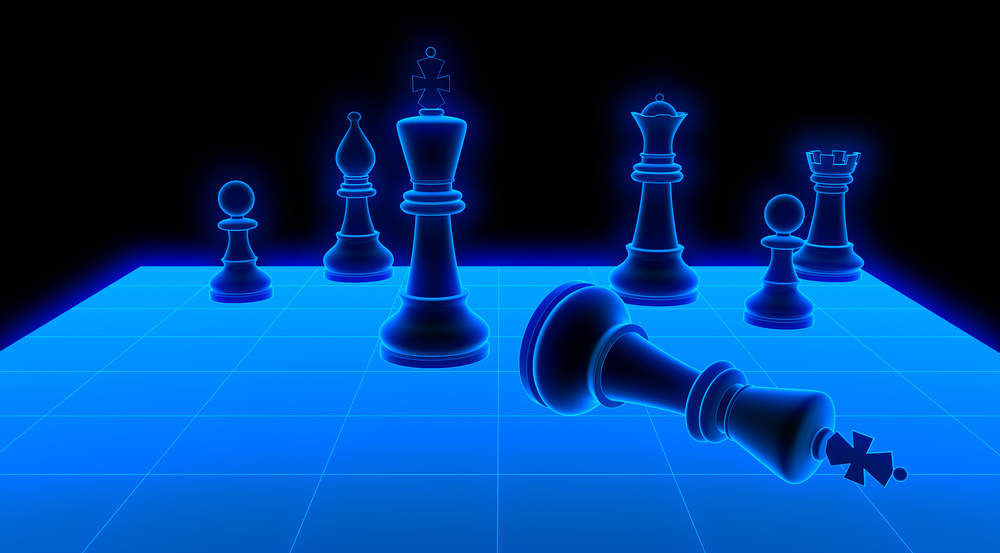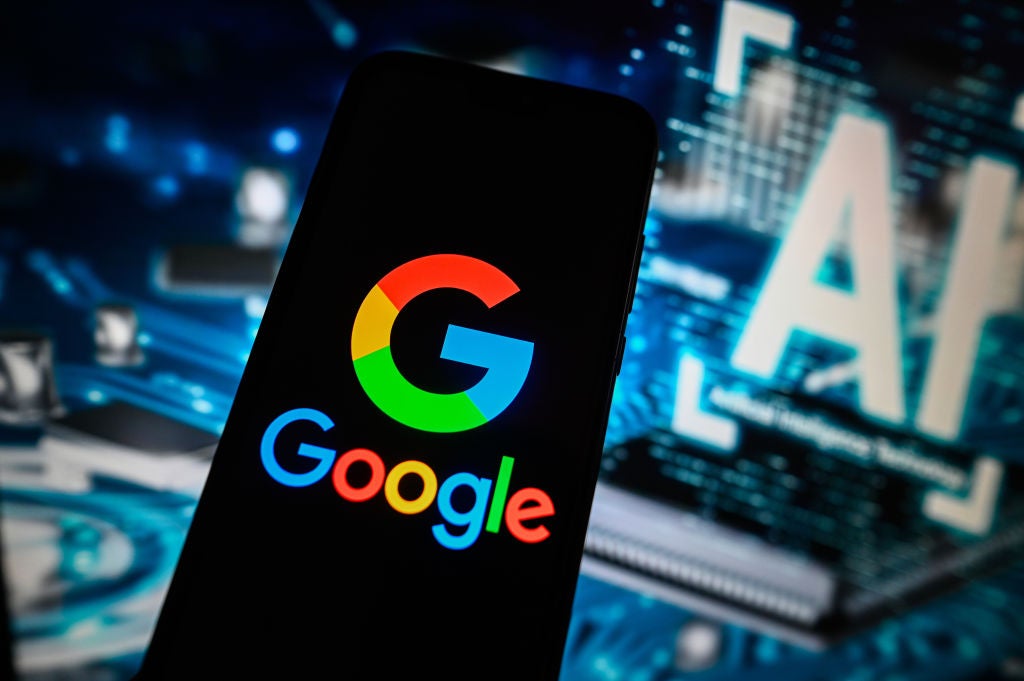
Google’s AlphaZero, after just four hours of training, last week trounced the highest rated chess engine in the world, Stockfish. How did it do this?
After 100 games, AlphaZero racked up 28 wins while suffering zero losses. So much for more than a millenium of human effort in teaching a computer how to play chess.
AlphaZero learnt, mastered, and then dominated the game of chess in just four hours. To do this it used the brute force of Google’s artificial intelligence-specific computer chips — 5,000 of them to be exact.
Speed is the answer. AlphaZero’s ability to master chess wasn’t down to the unusual brilliance of its engineers or the superiority of Google’s machine learning and deep learning.
It was all about the sheer, brute force of Google’s underlying AI-specific hardware.
Google’s algorithm used self-play reinforcement learning, which means it played games against itself and learned from those games.
How well do you really know your competitors?
Access the most comprehensive Company Profiles on the market, powered by GlobalData. Save hours of research. Gain competitive edge.

Thank you!
Your download email will arrive shortly
Not ready to buy yet? Download a free sample
We are confident about the unique quality of our Company Profiles. However, we want you to make the most beneficial decision for your business, so we offer a free sample that you can download by submitting the below form
By GlobalDataAlphaZero started from zero, knowing only the rules of the game, and then made 700,000 iterative training steps (mini games of chess) over four hours before taking on Stockfish.
The software had no access to opening books or endgame tables. It simply played a large number of iterative games and learned from both its mistakes and successes.
During this training AlphaZero ran on top of 5,000 first-generation Google Tensorflow processing units to generate those self-played games.
It also used 64 second-generation Tensorflow processing units to train the neural networks that would learn from those games.
Comparatively, during the actual match, AlphaZero ran on a single machine with four Tensorflow processing units. In other words, AlphaZero achieved victory in the training room, long before it made its first move against Stockfish.
AI needs both lots of data (games in this case) and the speed with which it can iteratively learn from that data and hardware is the key to unlocking the potential of AI.
And that is why many, disparate technology providers are actively investing in AI-specific processors across a wide array of devices.
AI chips are already entering the market via mobile phones from Apple and Huawei, which carry AI-specific hardware for facial recognition and image processing automation respectively.
Most public cloud platform (the likes of tech giants Microsoft, Google, and Amazon) offer their own or partner-built AI chips from NVIDIA, Intel, and newcomer Graphcore.
Purpose-built hardware is where we’ll see the most innovation and competition in the development of AI algorithms.





Related Company Profiles
NVIDIA Corp
Microsoft Corp
Intel Corp
Google LLC
Apple Inc